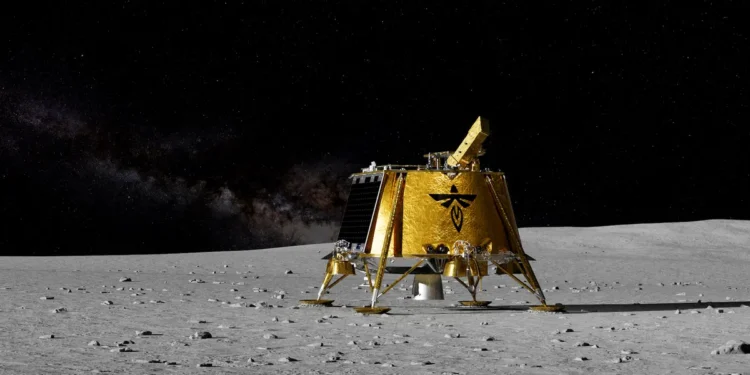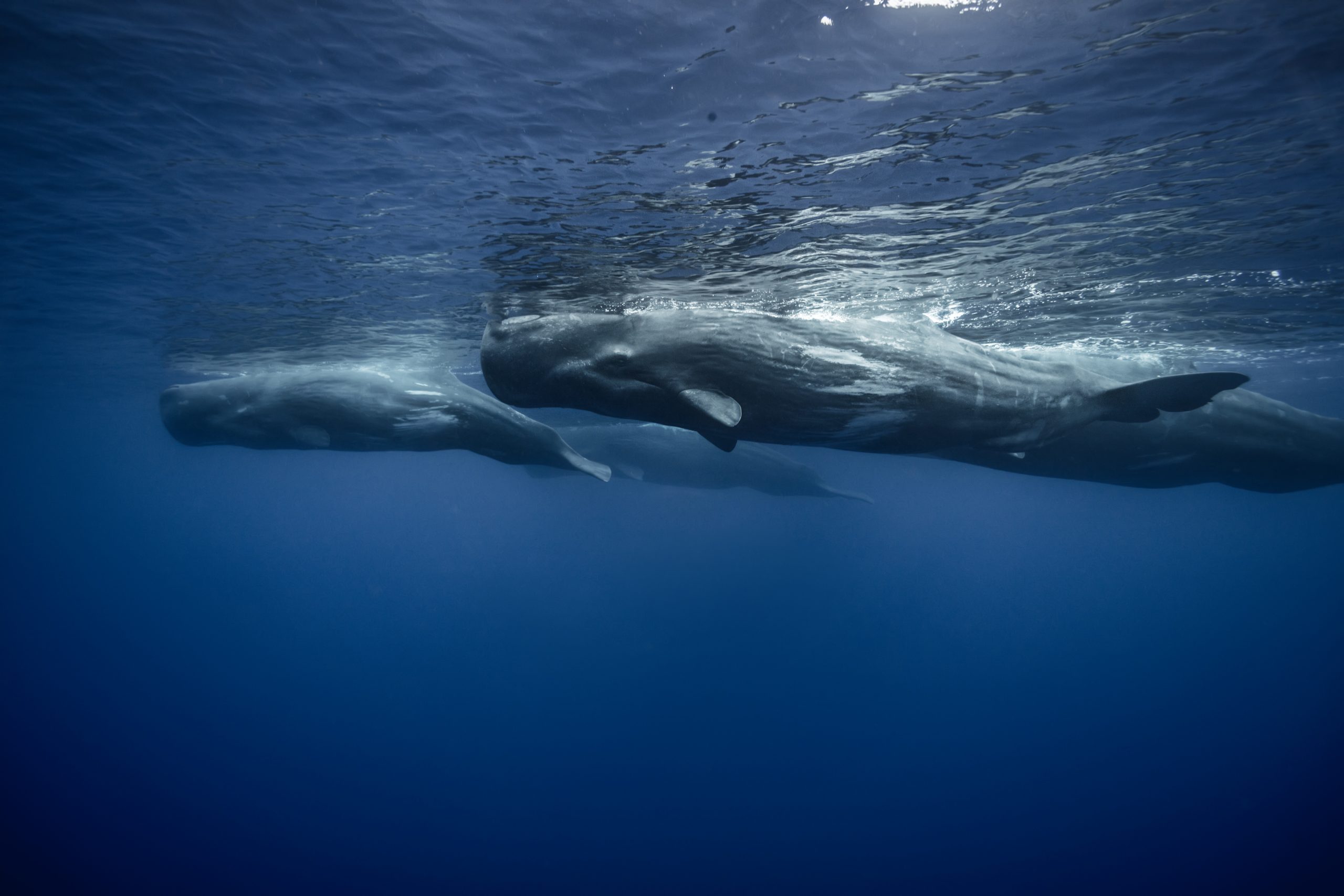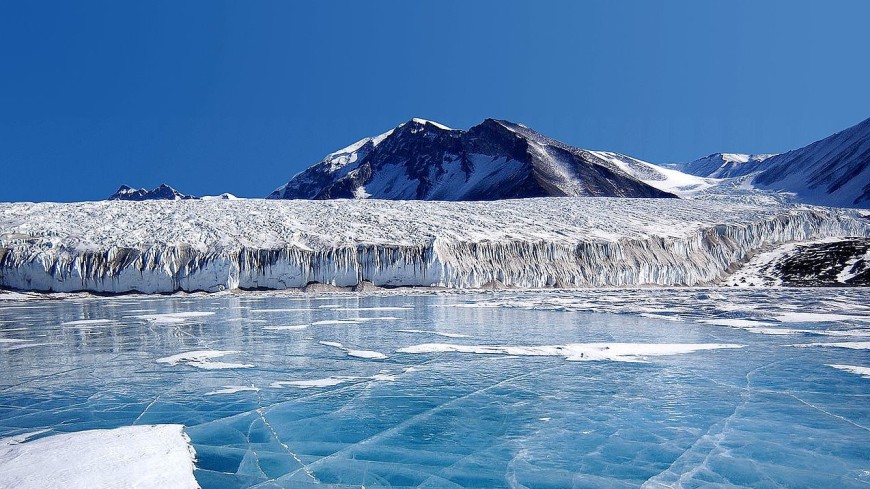The race to explore the Moon has intensified, with multiple missions pushing the boundaries of human knowledge. Among these is NASA’s groundbreaking LISTER (Lunar Instrumentation for Subsurface Thermal Exploration with Rapidity), which could provide critical insights into the Moon’s origins and pave the way for sustainable lunar habitats.
Carried aboard Firefly Aerospace’s Blue Ghost lunar lander, LISTER launched aboard a SpaceX Falcon 9 rocket on January 15. As Blue Ghost journeys toward the Moon, scientists eagerly anticipate the instrument’s role in unraveling mysteries beneath the lunar surface.
Why LISTER Matters: The Hunt for the Moon’s True Origins
Despite decades of research, the Moon’s formation remains a puzzle. A leading theory suggests that billions of years ago, a Mars-sized object called Theia collided with Earth, ejecting debris that coalesced into the Moon. However, no single hypothesis fully explains the lunar body’s composition and characteristics.
LISTER aims to change that. By measuring the Moon’s internal heat flow, scientists can reconstruct its thermal history—shedding light on how the celestial body evolved over billions of years. Understanding these processes is crucial not only for planetary science but also for future space exploration.
Cutting-Edge Technology Beneath the Lunar Surface
Unlike previous instruments, LISTER features an advanced pneumatic drill designed to reach depths of three meters with minimal energy consumption. As it burrows into the Moon’s regolith, the instrument will take precise measurements of:
- Thermal gradient: How temperature changes with depth
- Thermal conductivity: How efficiently heat moves through lunar soil
These findings will help determine the Moon’s geological stability—a key factor in planning long-term lunar settlements.
The Lunar South Pole: The Next Frontier for Human Spaceflight
LISTER’s insights could play a vital role in NASA’s Artemis program, which aims to establish a sustained human presence on the Moon. The Artemis III mission will land astronauts at the lunar south pole, a region believed to contain vast ice reserves. This frozen water could serve as a critical resource for future explorers, enabling everything from drinking water to rocket fuel production.
However, recent studies suggest that the lunar surface is not as stable as once believed. Gradual contraction of the Moon is causing surface warping, making some regions prone to landslides. By analyzing subsurface heat flow, LISTER may help identify safer landing sites and inform the construction of future lunar bases.
LISTER’s Impact on Solar System Exploration
But experts explain that LISTER is more than just a lunar tool. Lister is a technological leap for planetary exploration. If successful, its pneumatic drilling system could be deployed on missions to Mars and beyond, helping scientists investigate subsurface conditions on other celestial bodies.
With its advanced instrumentation and potential to reshape our understanding of the Moon, LISTER could become one of the most influential lunar experiments of the decade.
Join the Conversation!
Have something to share or discuss? Connect with us on Facebook and join like-minded explorers in our Telegram group. For the latest discoveries and insights, make sure to follow us on Google News.











